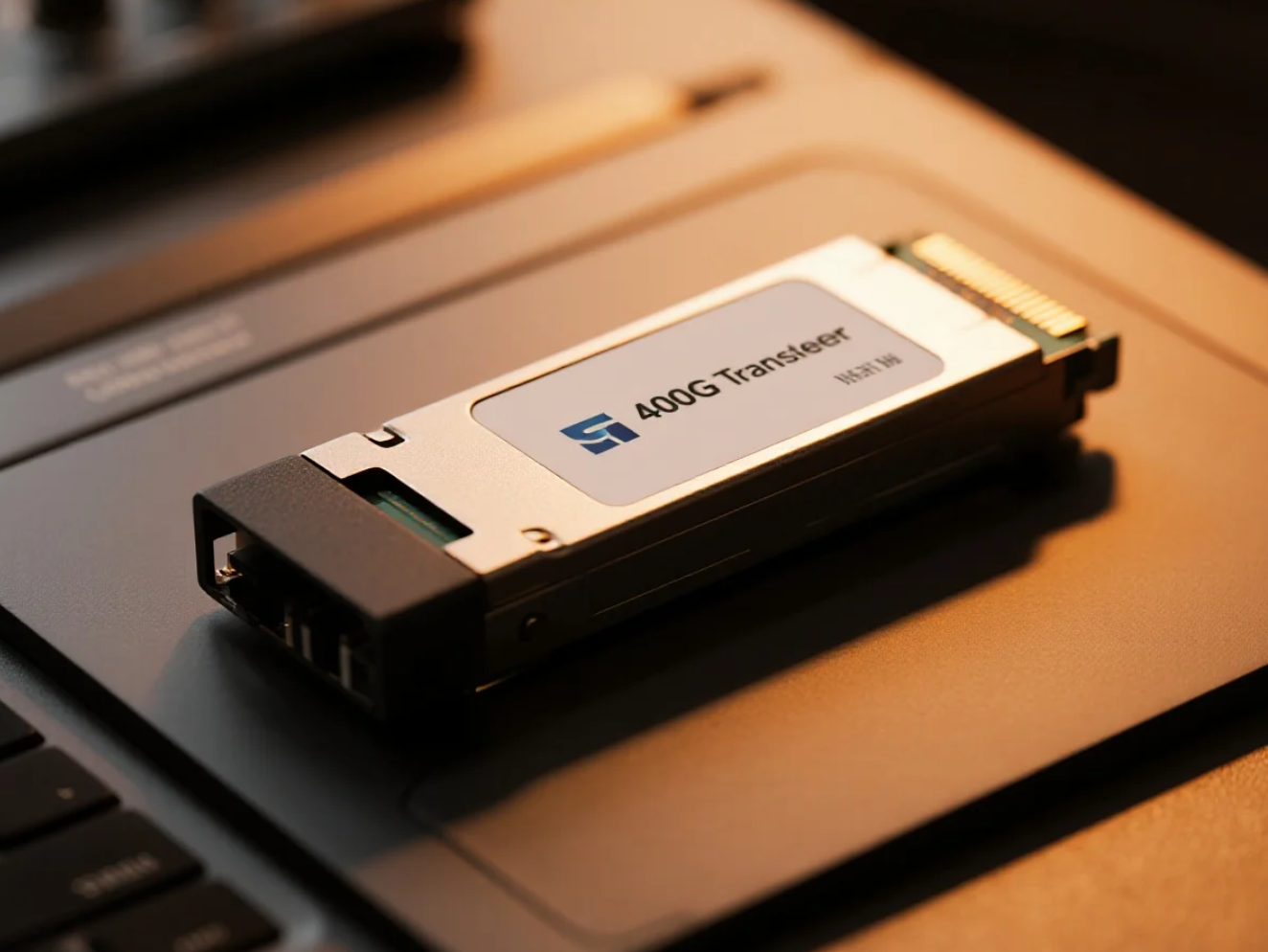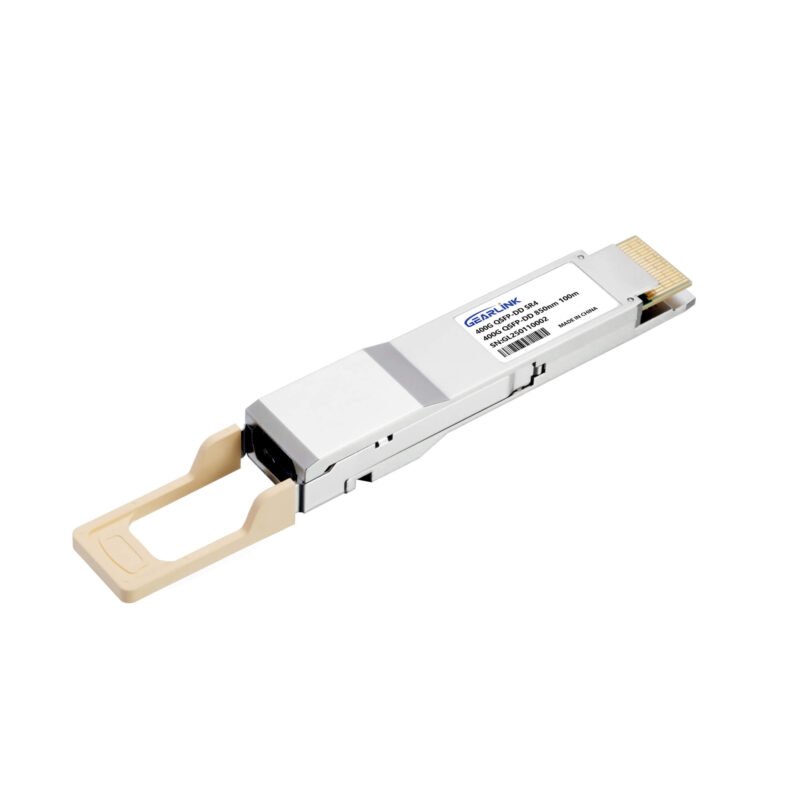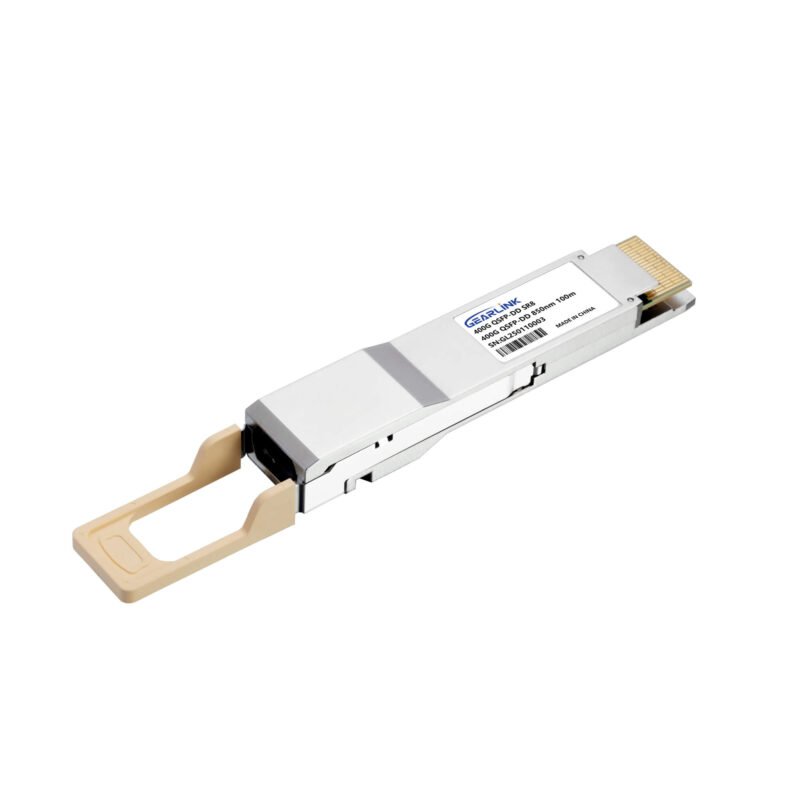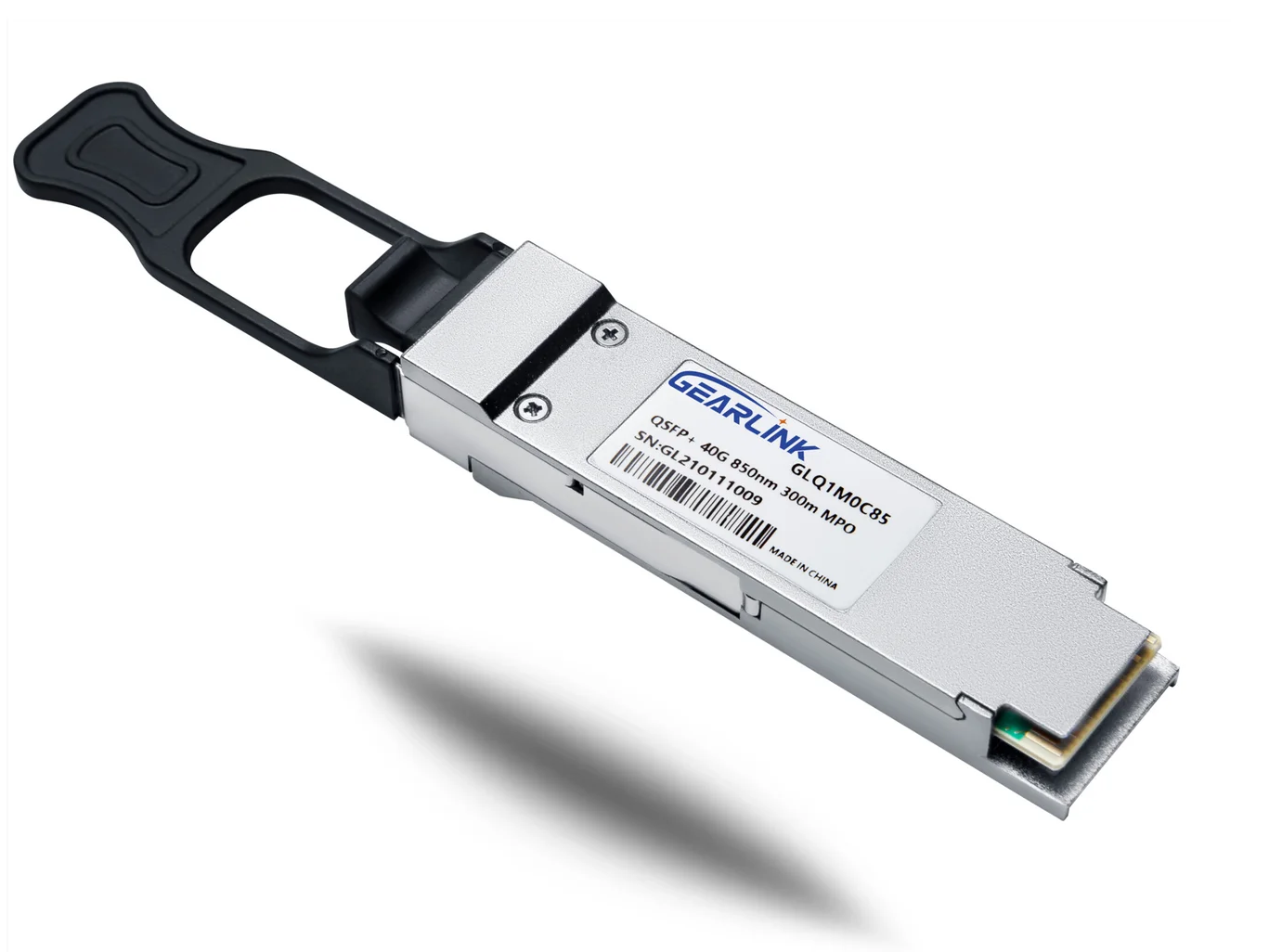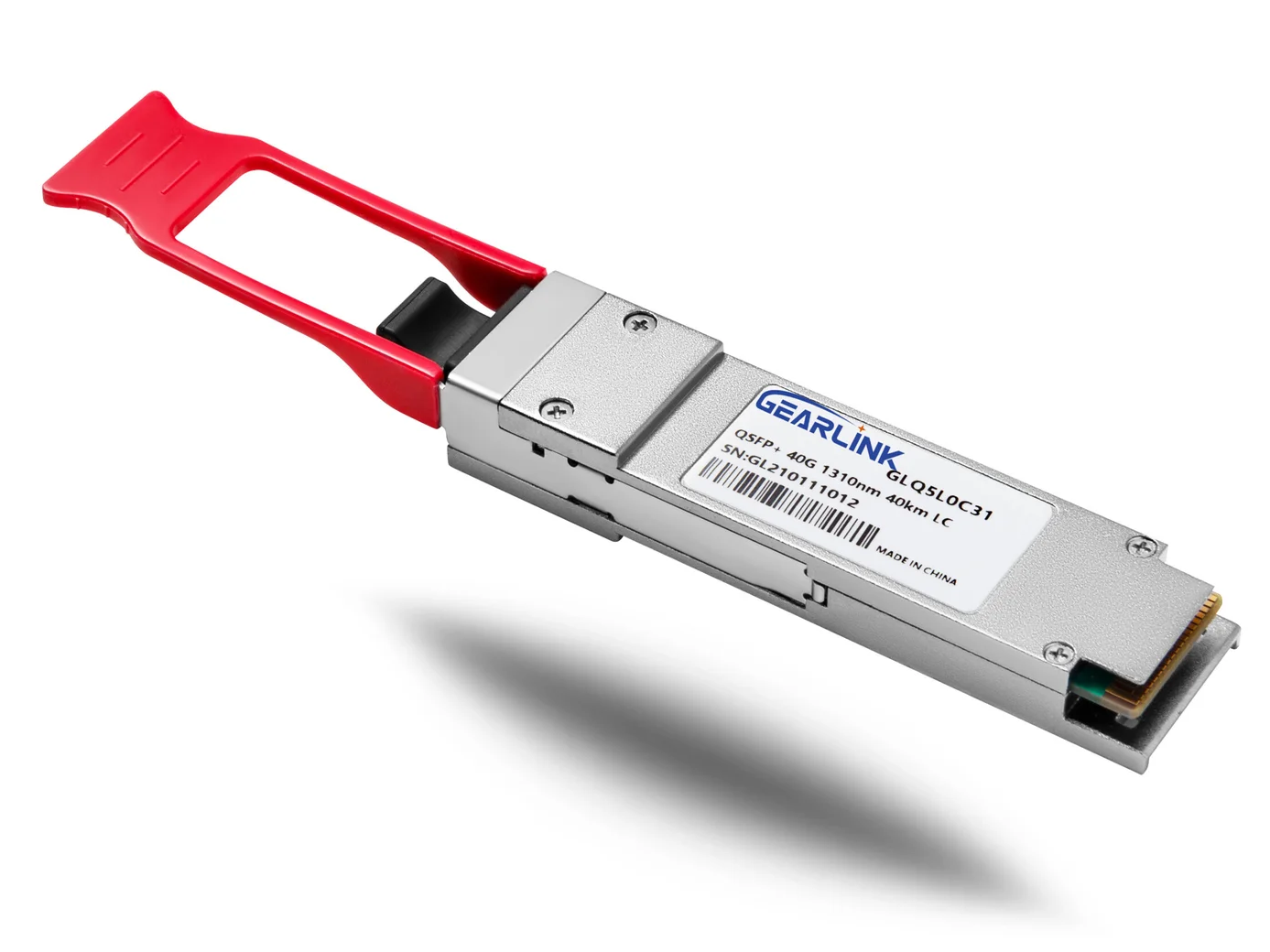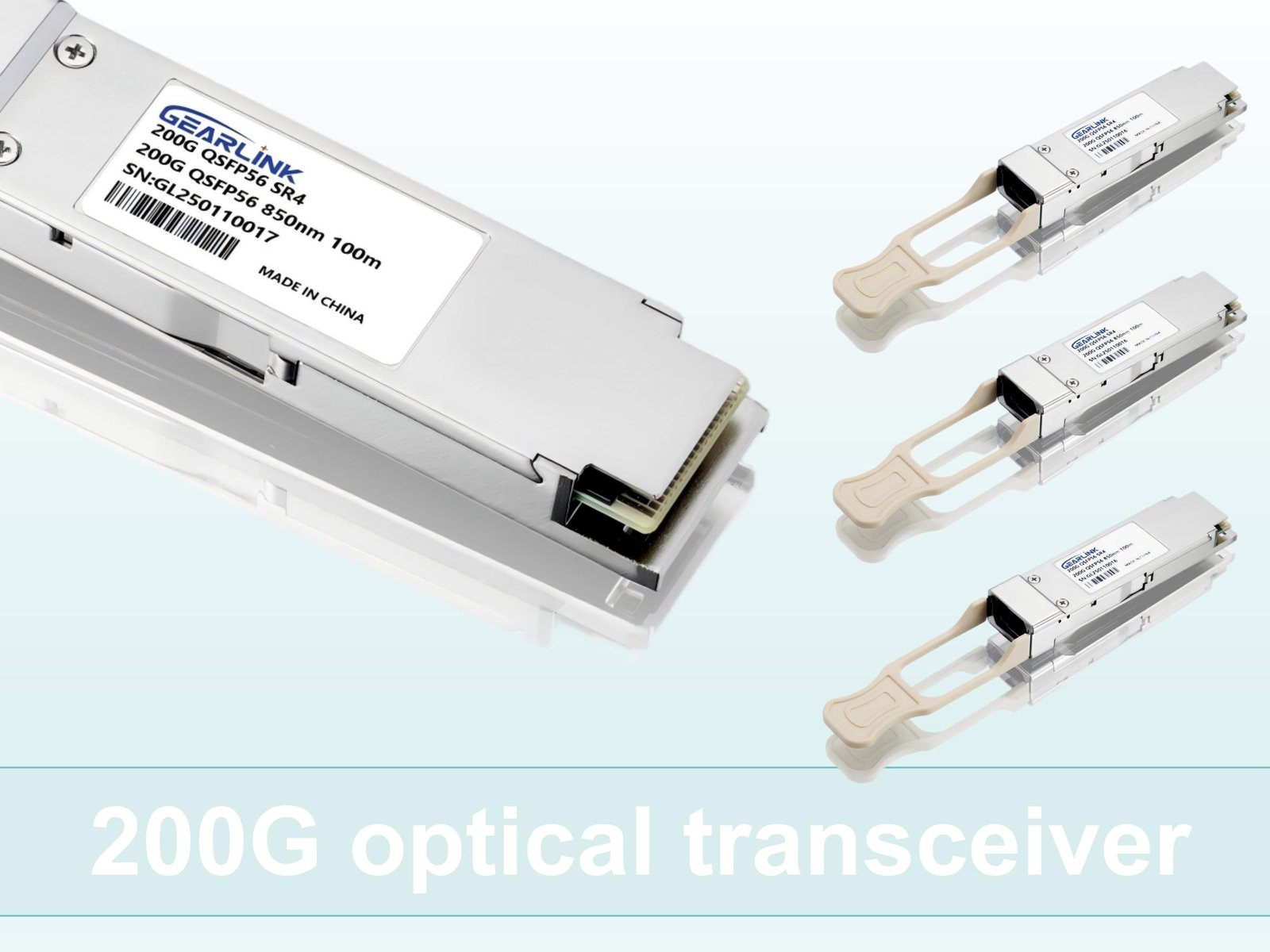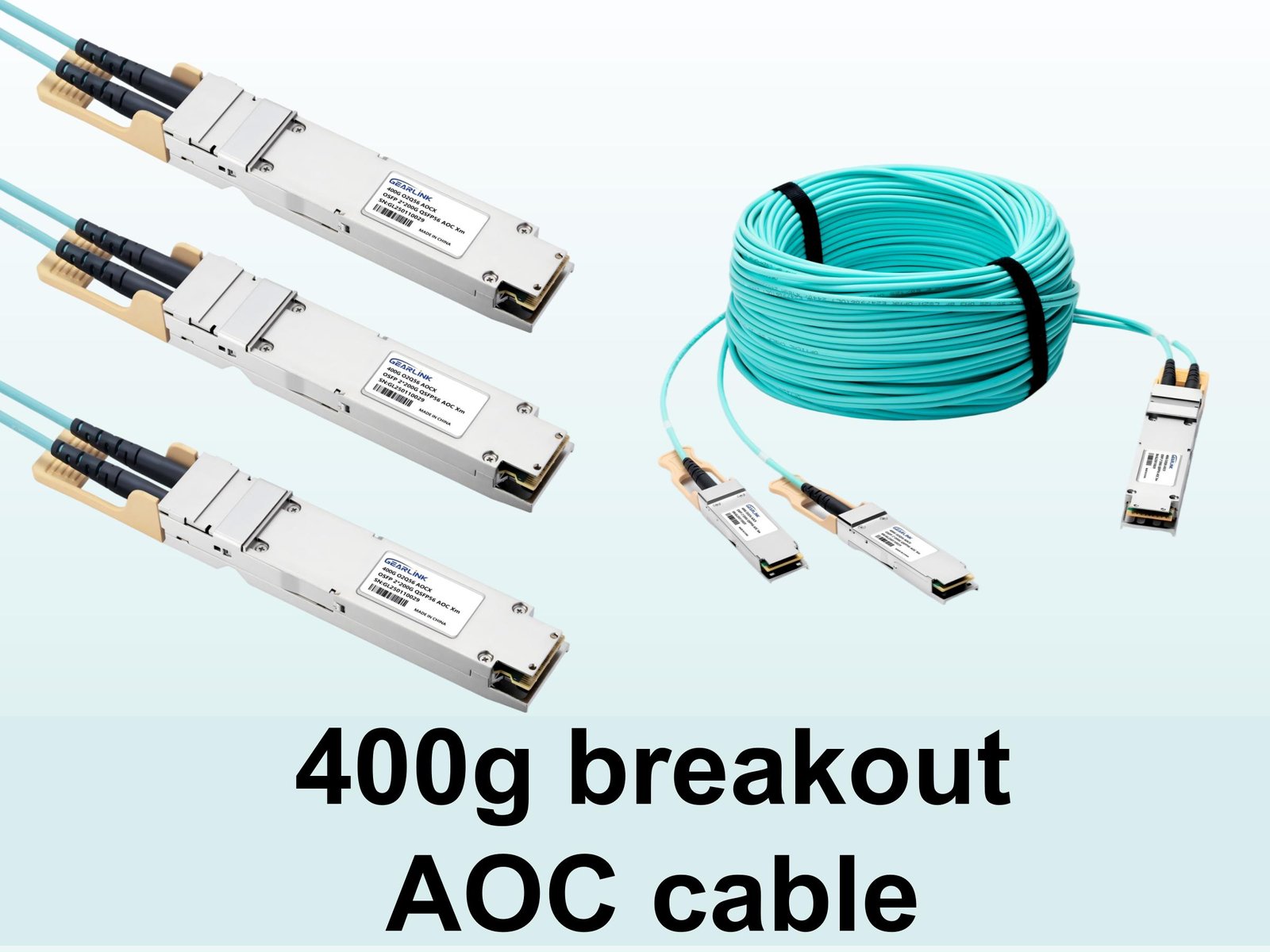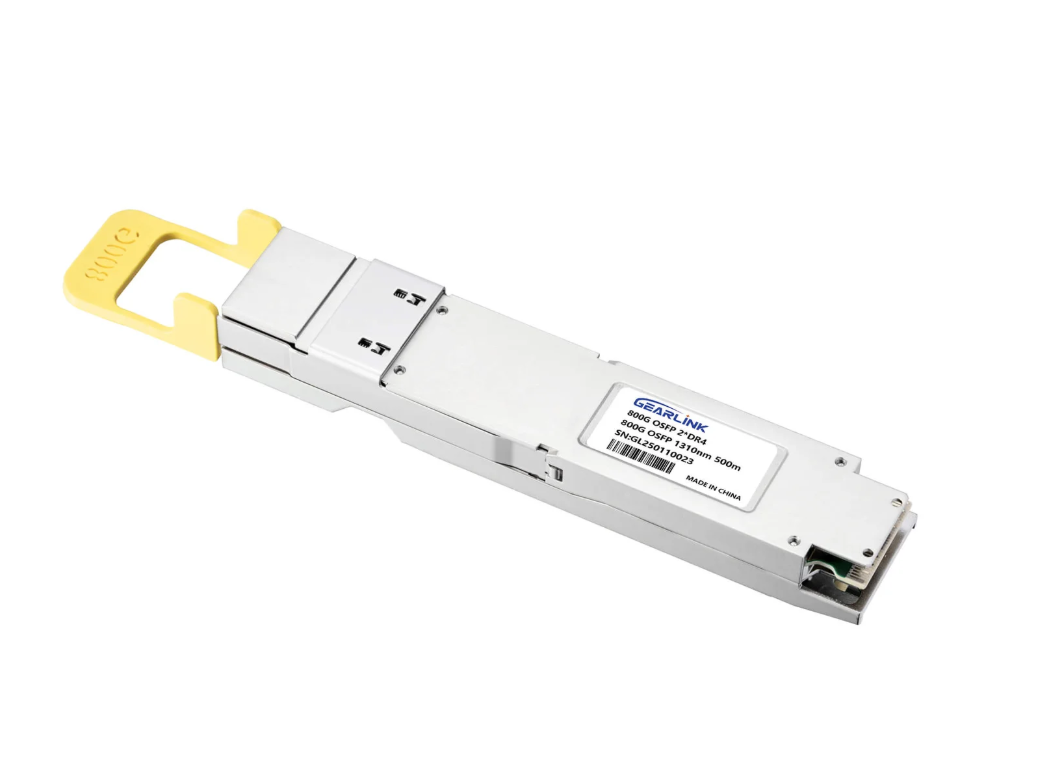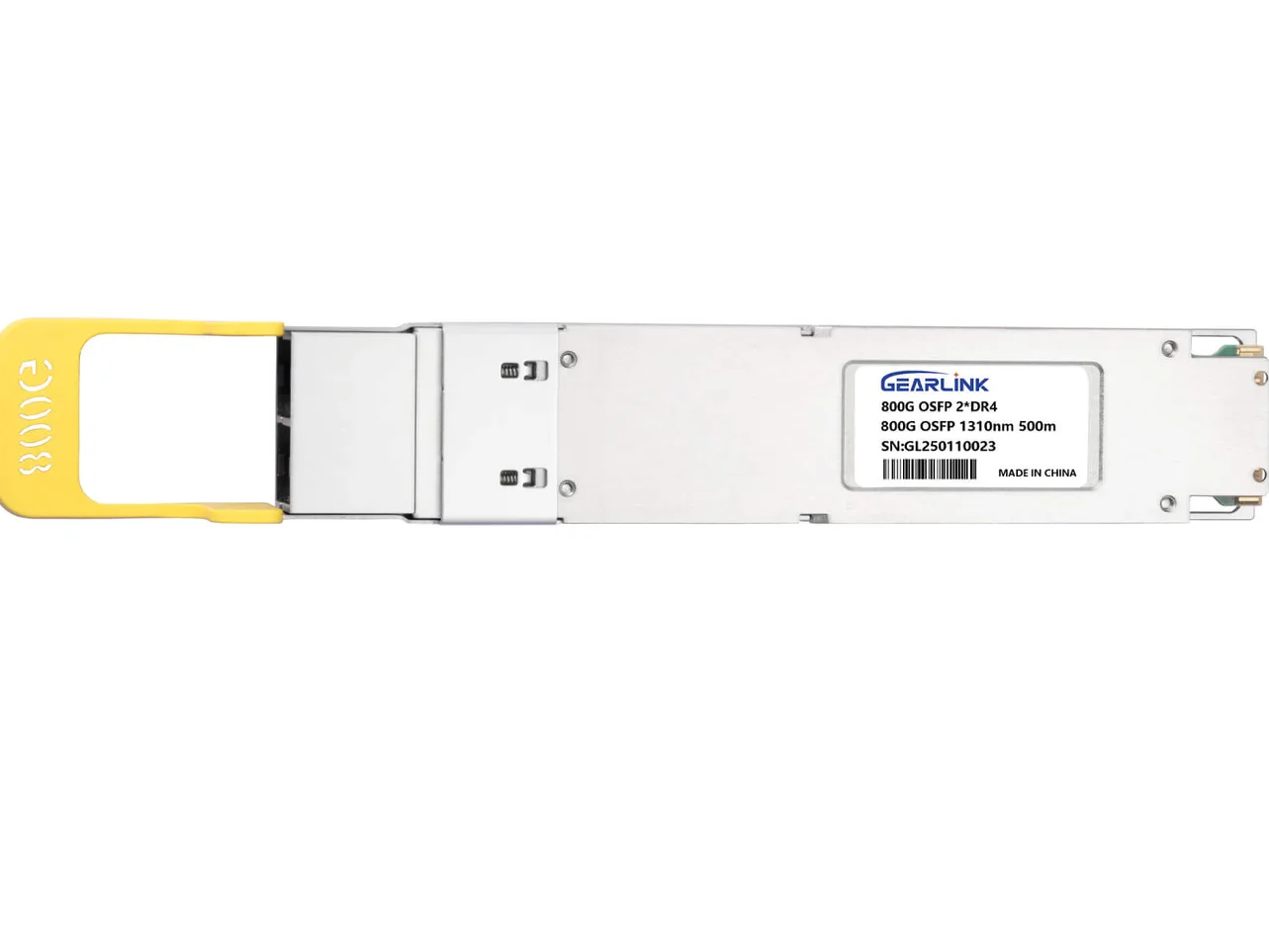The rapid evolution of data centers has created an insatiable demand for higher bandwidth and port density. This has propelled the industry beyond 100G and into the realm of 400G, a critical speed for next-generation networks. As network engineers and data center operators plan for these upgrades, a central question arises: what is the most effective and scalable solution for 400G connectivity? While several options exist, the 400G QSFP-DD transceiver has emerged as a dominant and compelling choice. Understanding its unique characteristics and how it stacks up against other 400G form factors is crucial for making informed decisions. This article provides a comprehensive comparison, highlighting the key technical and practical advantages of the QSFP-DD form factor, a cornerstone of high-density optical networking.
The Rise of 400G and the Need for Compact Solutions
The demand for 400G connectivity is driven by several factors, including the explosive growth of cloud computing, AI, machine learning, and streaming services. These applications require massive amounts of data to be transmitted across data center racks and buildings with minimal latency. Consequently, network infrastructure must be capable of handling this immense data volume efficiently. In the past, increasing data rates often meant larger, more power-hungry modules. However, the modern data center prioritizes space and power efficiency, which led to the development of new, more compact form factors.
At the heart of this evolution is the need for a solution that can deliver 400G performance without sacrificing port density on switches and routers. A crucial transition occurred from bulky CFP-series modules to more compact ones. The Quad Small Form-factor Pluggable (QSFP) family has been a long-standing standard, known for its small footprint and high-density capabilities, which is why the industry sought to leverage this familiar architecture for 400G. This led to the creation of the QSFP-DD, or Quad Small Form-factor Pluggable Double Density, which became a game-changer.
The Unique Features of the 400G QSFP-DD Transceiver
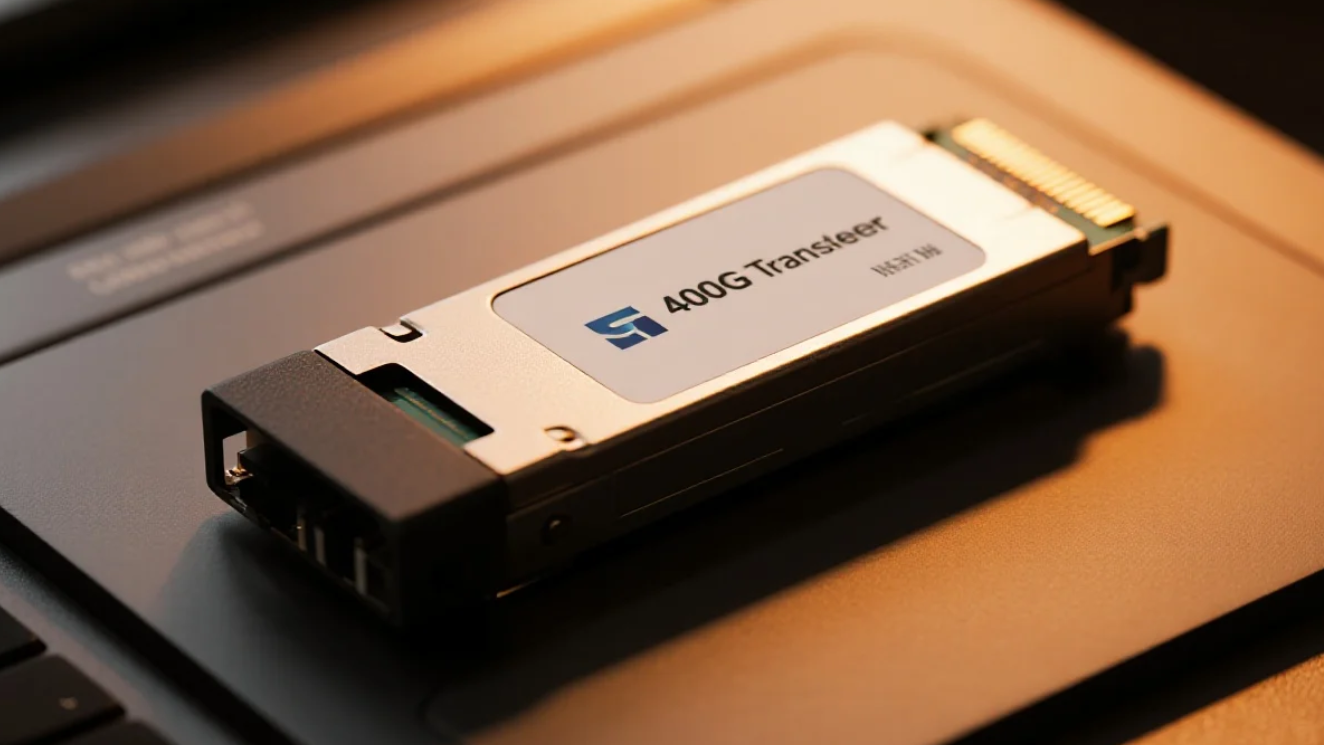
The 400G QSFP-DD transceiver is a remarkable piece of engineering designed to meet the specific demands of high-density networks. Its most distinguishing feature is the “double density” design. Unlike the traditional QSFP form factor, which supported four electrical lanes, the QSFP-DD module accommodates eight electrical lanes. This is achieved by adding a second row of contacts on the module’s connector, effectively doubling the electrical interface density while maintaining the same width and height as a standard QSFP.
This innovative design allows the QSFP-DD to support 400G data rates by utilizing eight lanes of 50Gbps PAM4 modulation. The use of PAM4 (Pulse Amplitude Modulation 4-level) is a significant technological leap that enables the transmission of more data over the same bandwidth. By encoding two bits per symbol, PAM4 doubles the data rate without requiring a proportional increase in signaling speed, making it highly efficient. The QSFP-DD’s ability to seamlessly integrate this technology is what makes it a powerhouse for modern networks.
Furthermore, the 400G QSFP-DD transceiver maintains backward compatibility with legacy QSFP28 modules. This is a critical advantage for data center operators. A QSFP-DD port can accept a QSFP28 module, allowing for a phased migration from 100G to 400G. This backward compatibility protects existing infrastructure investments and provides a flexible path for network upgrades. The mechanical and electrical specifications are carefully designed to ensure this interoperability, making the transition as smooth as possible.
Comparative Analysis: 400G QSFP-DD vs. Other 400G Optical Solutions
While the 400G QSFP-DD transceiver is a leading solution, it’s not the only option available for 400G networks. Other form factors, such as OSFP and CFP8, also exist, each with its own set of advantages and disadvantages. A direct comparison reveals why the QSFP-DD has gained such widespread adoption.
OSFP (Octal Small Form-factor Pluggable)
The OSFP form factor was developed concurrently with the QSFP-DD to meet the 400G demand. The name “Octal” refers to its eight electrical lanes, similar to the QSFP-DD’s “double density” design. However, a key difference lies in its physical size. The OSFP module is slightly wider and longer than the QSFP-DD. This larger footprint allows it to accommodate more power and thermal dissipation, making it suitable for higher-power applications.
From a practical perspective, the larger size of the OSFP means that fewer ports can be placed on a single switch or router faceplate compared to a QSFP-DD-based system. For data centers where port density is a primary concern, this is a significant drawback. While some early 400G deployments used OSFP, the industry has largely converged on QSFP-DD for its superior density. Furthermore, OSFP is not backward compatible with QSFP28 modules, which requires a complete hardware refresh for network upgrades.
CFP8 (C Form-factor Pluggable 8)
The CFP8 is another form factor that was designed to support 400G, but it represents a continuation of an older, much larger module series (CFP, CFP2, CFP4). The CFP8 is considerably larger than both the QSFP-DD and OSFP. Its size makes it unsuitable for high-density data center applications. It was primarily developed for long-haul and telecom applications where the size and power consumption are less critical than in a tightly packed data center.
While the CFP8 can support 400G, its physical dimensions severely limit the number of ports per switch, making it an inefficient choice for core network and data center interconnects. Given the clear advantages of the compact QSFP-DD and OSFP form factors, the CFP8 has seen limited adoption in the data center market.
Direct Comparison Summary
| Feature | 400GQSFP-DDTransceiver | OSFP | CFP8 |
| Physical Size | Most compact | Larger than QSFP-DD | Largest |
| Port Density | Highest | Lower than QSFP-DD | Lowest |
| Electrical Lanes | 8 | 8 | 16 (4x 100G) |
| Backward Compatibility | Yes (with QSFP28) | No | No |
| Primary Application | Ethernet | IB | Long-haul, Telecom |
| Industry Adoption | Widespread | Widespread | Limited |
The table above clearly illustrates why the 400G QSFP-DD transceiver and 400G OSFP transceiver is the preferred choice for data center environments. Its unparalleled combination of high density, backward compatibility, and efficient performance makes it a future-proof solution.
The Broader Impact on Data Center Architecture
The selection of a 400G form factor has a ripple effect on the entire data center architecture. The high port density of the 400G QSFP-DD transceiver allows network architects to build flatter, more efficient spine-and-leaf topologies. With more 400G ports on a single switch, a smaller number of switches are needed to achieve the same total capacity, which reduces the complexity of the network. This not only lowers the overall cost but also simplifies management and reduces power consumption and cooling requirements.
For network operators, the backward compatibility feature is a huge benefit. They can upgrade their networks incrementally, replacing 100G gear with 400G QSFP-DD-enabled switches as needed without a complete overhaul. This flexible migration path minimizes service disruption and allows for a more controlled and cost-effective upgrade cycle. The ability to use existing 100G cables and modules in the new switches is a testament to the QSFP-DD’s intelligent design.
The choice of a form factor is more than just a technical decision; it is a strategic one that determines the scalability, cost, and operational efficiency of a data center for years to come. The 400G QSFP-DD transceiver represents the pinnacle of this evolution, offering a solution that is not only powerful but also practical and aligned with the economic realities of modern network management.
Conclusion: The Definitive Choice for High-Density Networks
In the race for 400G, the 400G QSFP-DD transceiver stands out as the definitive solution for high-density data center and enterprise networks. While alternatives like OSFP and CFP8 have their place in specific niche applications, the QSFP-DD’s unique combination of compact size, high port density, and backward compatibility makes it the most viable and widely adopted choice. Its double-density design and support for advanced technologies like PAM4 have made it the go-to standard for scaling network bandwidth without compromising on physical space or power efficiency. As the demand for faster, more reliable connectivity continues to grow, the QSFP-DD will remain a cornerstone of next-generation optical networks, enabling the data-intensive applications that drive our modern world.
FAQ
Q1: What does “DD” in QSFP-DD stand for? A: “DD” stands for “Double Density.” This refers to the module’s ability to support eight electrical lanes, double the number of a standard QSFP, by using a second row of electrical contacts.
Q2: Can I use a 100G QSFP28 module in a 400G QSFP-DD port? A: At the physical layer, QSFP-DD and QSFP28 are very similar in size and shape, and both can be inserted into compatible QSFP slots. However, since QSFP-DD features a dual-density design, its internal structure and wiring may differ from QSFP28, which can sometimes lead to compatibility issues.
Q3: Is the QSFP-DD form factor suitable for long-distance applications? A: While primarily used for short-reach data center interconnects, there are versions of the 400G QSFP-DD transceiver that are designed for longer distances, such as 400G-DR4 and 400G-LR4. The suitability depends on the specific variant and the network application.
